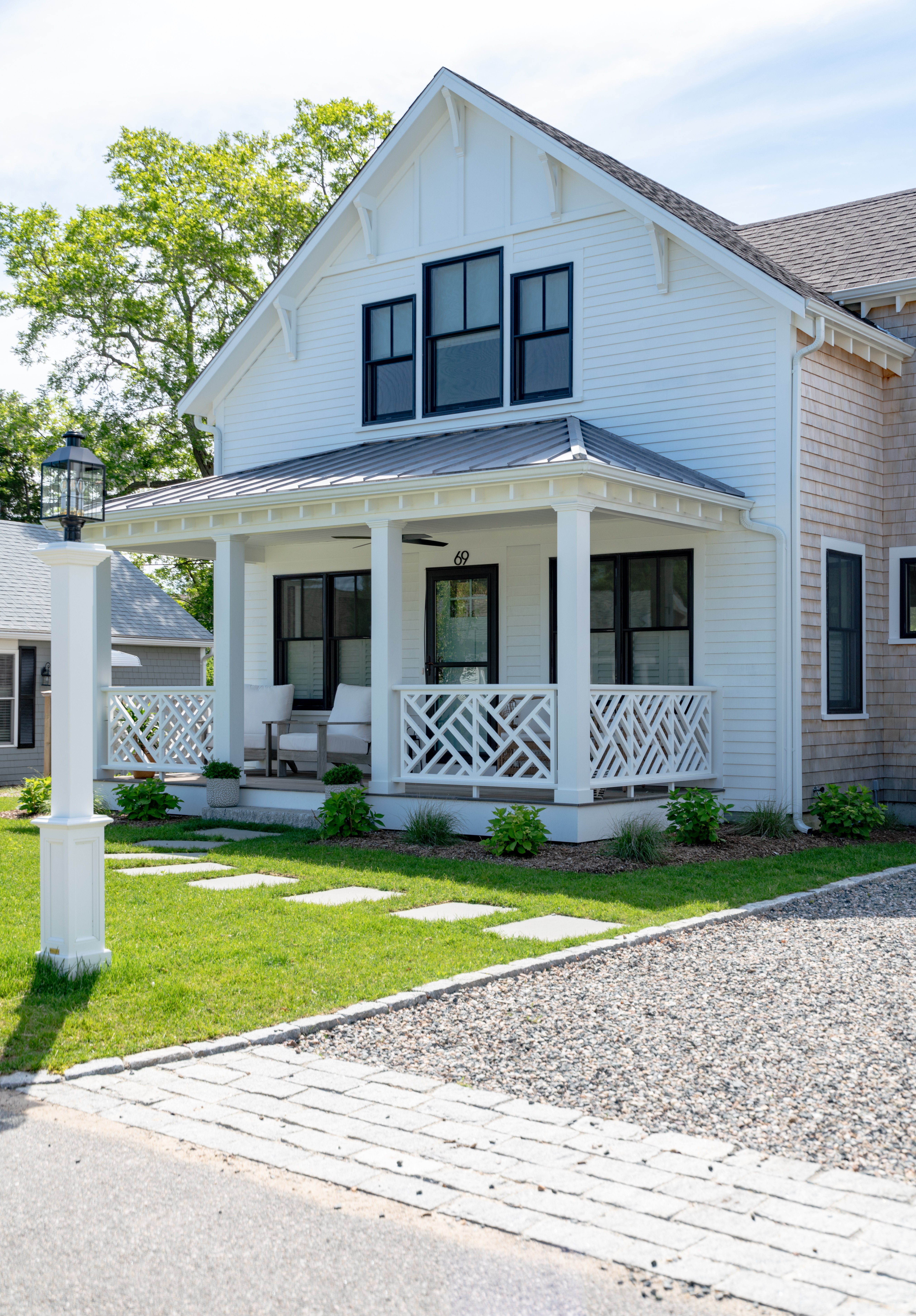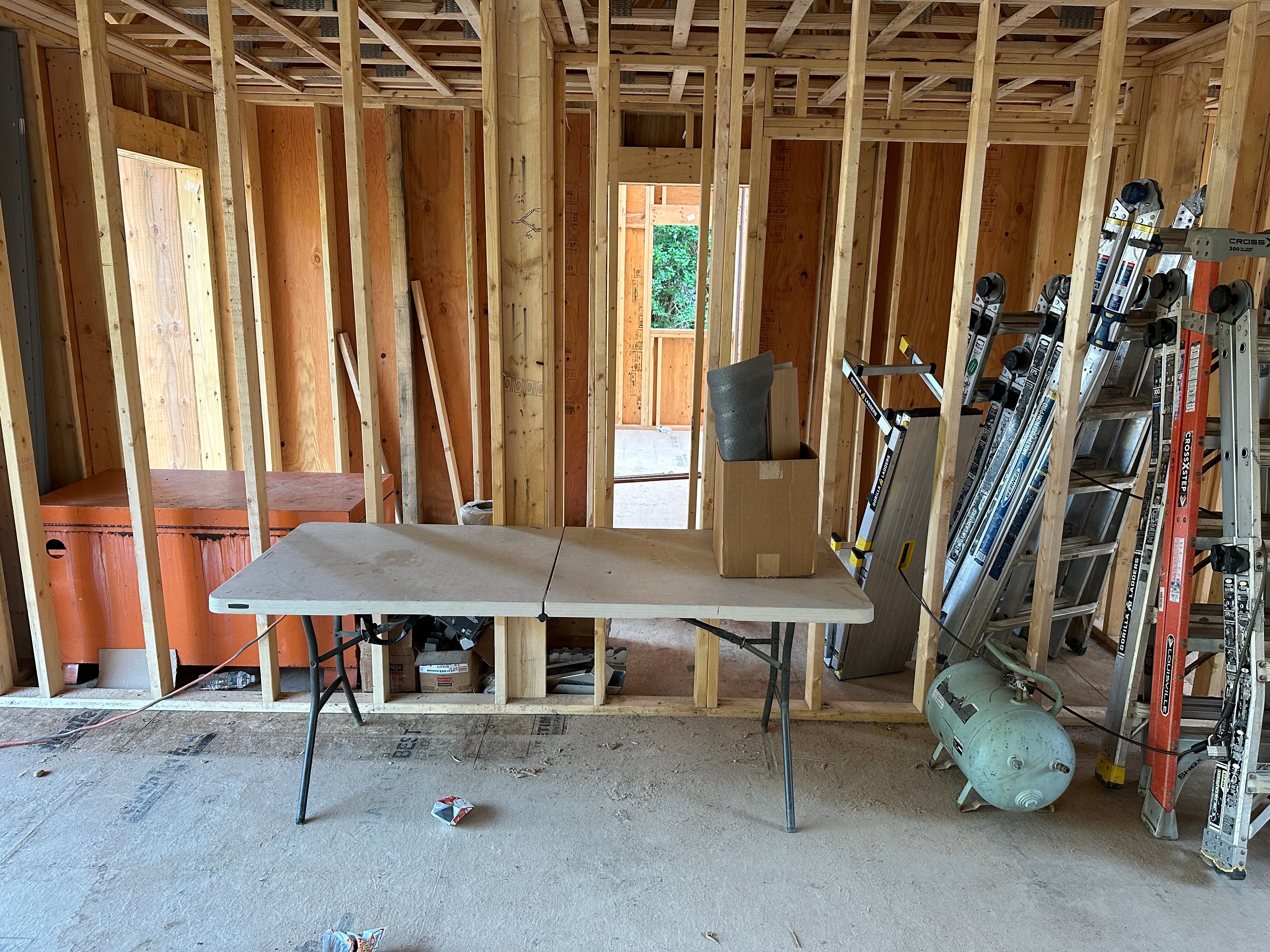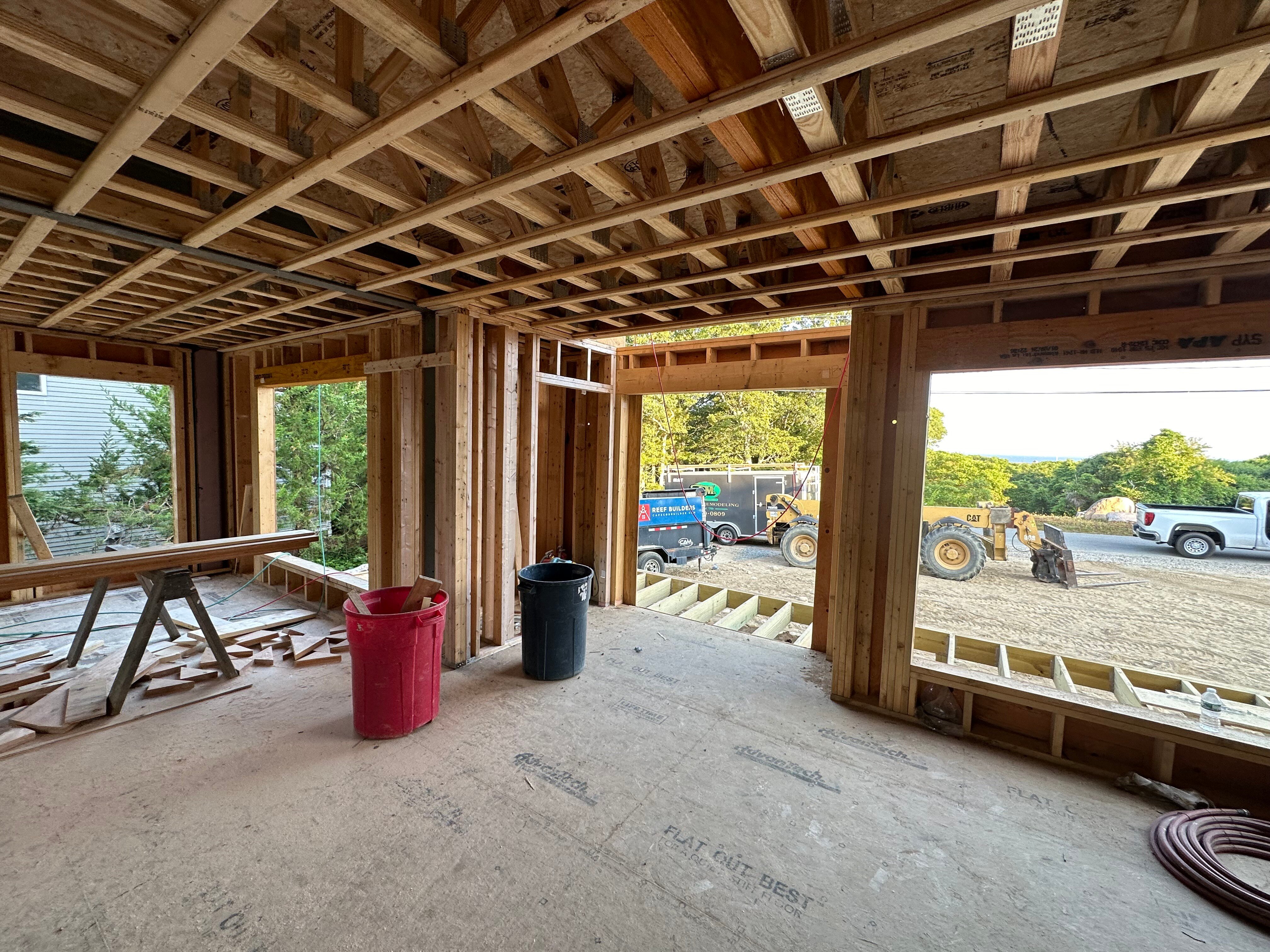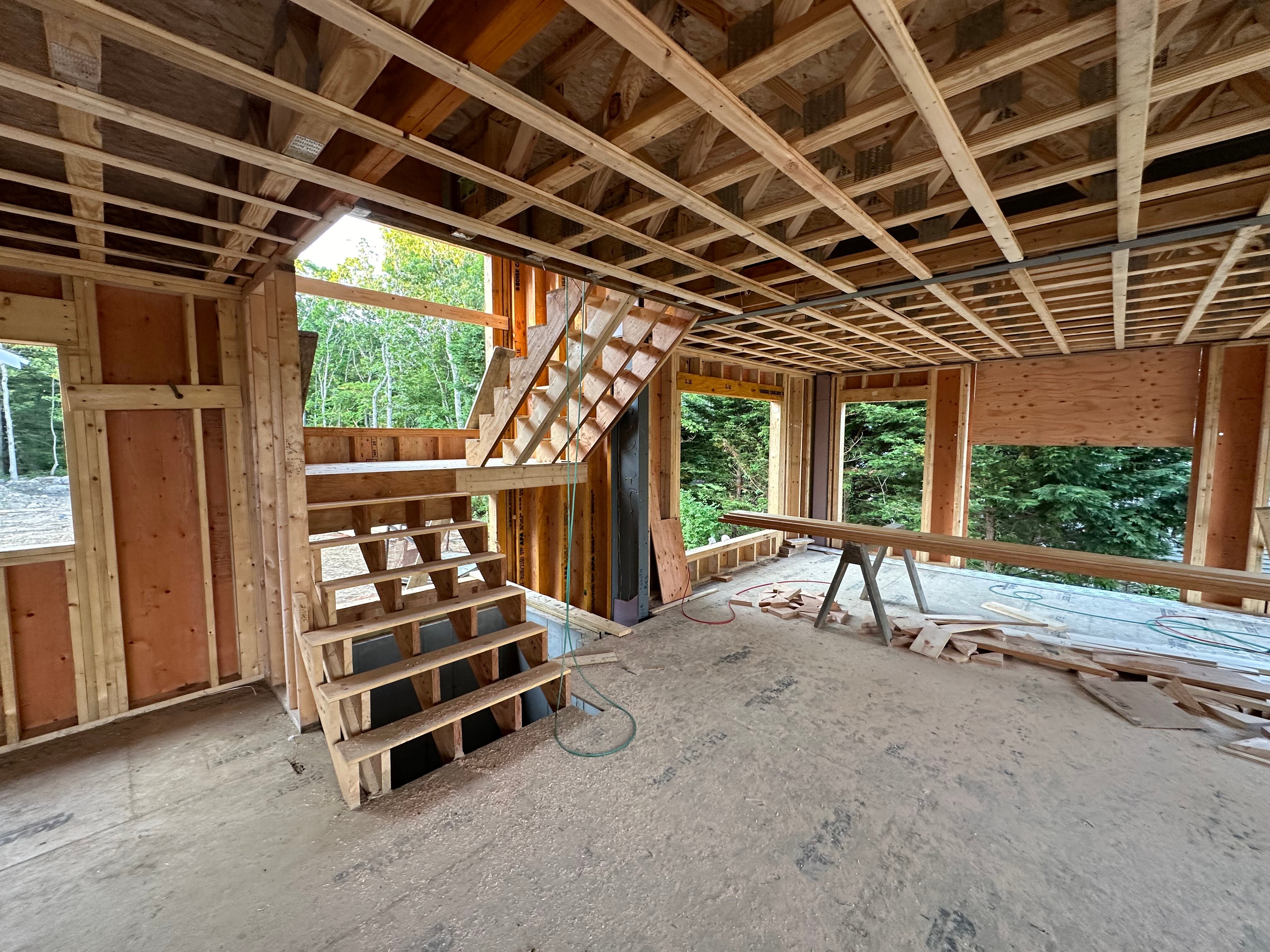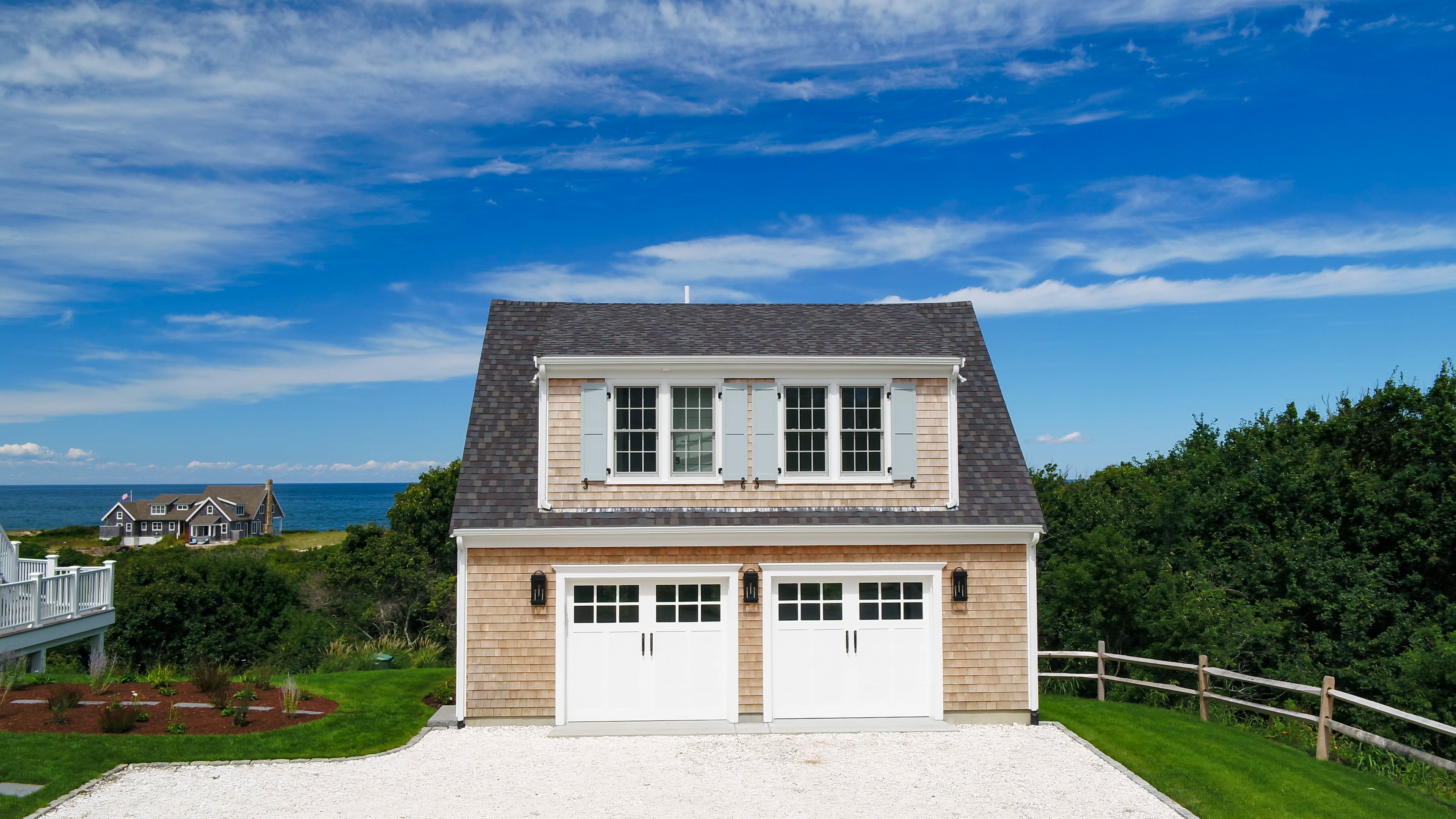Planning to Build a Home on the Cape in 2026? Here’s Your Forecast
The dream of building a custom home on Cape Cod remains as strong as ever, in a market constantly in motion. As we look ahead to 2026, the factors that have driven up costs in recent years are expected to continue, with a few new trends on the horizon. From rapid material price changes to evolving energy codes, here’s a look at what you can expect if you plan to build a home on the Cape next year.

The Material Market: Volatility is the New Normal
While we don't have final pricing for 2026, analysts and industry forecasts suggest that the era of predictable, low-cost materials is over.
- Lumber Prices: After a period of fluctuation, the price of lumber is expected to stabilize but at a higher average than pre-pandemic levels. Tariffs and persistent demand from a national housing shortage will likely prevent any significant price drops. The consensus forecast from several market analysts predicts a moderate price recovery, with framing lumber composite prices likely to be in the $520–$650 per thousand board feet
- Other Materials: Supply chain issues and inflation are projected to keep the costs of other essential materials like steel, concrete, and roofing elevated. The American Institute of Architects forecasts a modest increase in overall construction spending for 2026, which is not expected to outpace the rise in material and labor costs.
Navigating Labor Costs and New Building Codes

Labor shortages are a persistent challenge, and they will likely continue to put upward pressure on labor rates in 2026. However, new building code changes in Massachusetts are a significant factor to watch, especially for builders on the Cape.
- Labor Market: The demand for skilled trades remains high. Experts predict a continued tight labor market, meaning labor costs will likely remain a substantial portion of your total project budget—around 30-40%.
- The Specialized Energy Code: This is a critical development for 2026. The new code, which many municipalities have adopted, introduces stricter requirements for energy efficiency. For home builders, this can mean new obligations such as:
- Net-Zero Readiness: New buildings using fossil fuels may be required to be pre-wired for future all-electric systems.
- On-Site Solar: Single-family homes using any fossil fuels may need to install a minimum of 4 kW of solar power, a cost that will be factored into the initial build.
- Passive House Standards: Larger residential buildings may need to meet Passive House standards, which require ultra-low energy use and superior insulation, and may significantly increase upfront design and material costs.
These changes, while beneficial for long-term energy savings and environmental impact, will add to the initial build cost.
Tips for Managing Your Construction Budget Effectively

Building a home on Cape Cod in 2026 will require careful planning and a realistic budget to bring your dream home to life! Here are some tips to help homeowners navigate the challenges and keep their projects on track:
- Work with Experienced Builders: Partnering with a builder who has extensive experience in Cape Cod can make a significant difference. They can provide valuable insights and guidance, helping you navigate local regulations and avoid costly mistakes.
- Plan for Contingencies: Given the potential for material cost fluctuations and labor shortages, it's essential to build contingencies into your budget. Allocate extra funds for unexpected expenses to prevent delays and keep your project moving forward.
- Stay Informed About Regulations: Keep up-to-date with local building codes and environmental regulations that may impact your project. Understanding these requirements can help you plan more effectively and avoid surprises down the line.
- Consider Energy Efficiency Investments: While new energy codes may increase initial costs, investing in energy-efficient systems and materials can lead to long-term savings on utility bills and increase the value of your home.
- Optimize Design and Materials: Work with your builder to optimize your home's design and material choices. Simplifying the design and selecting cost-effective materials can help manage expenses without compromising on quality.

With REEF Builders, you're not just hiring a contractor; you're partnering with an industry expert. We stay ahead of the curve, meticulously tracking the latest market data, from fluctuating lumber prices to evolving state building codes. Our deep understanding of the unique challenges and opportunities of Cape Cod construction ensures that your project is built with foresight, precision, and a commitment to quality that stands the test of time.
Click here to download a copy of our latest Construction Cost Guide
















